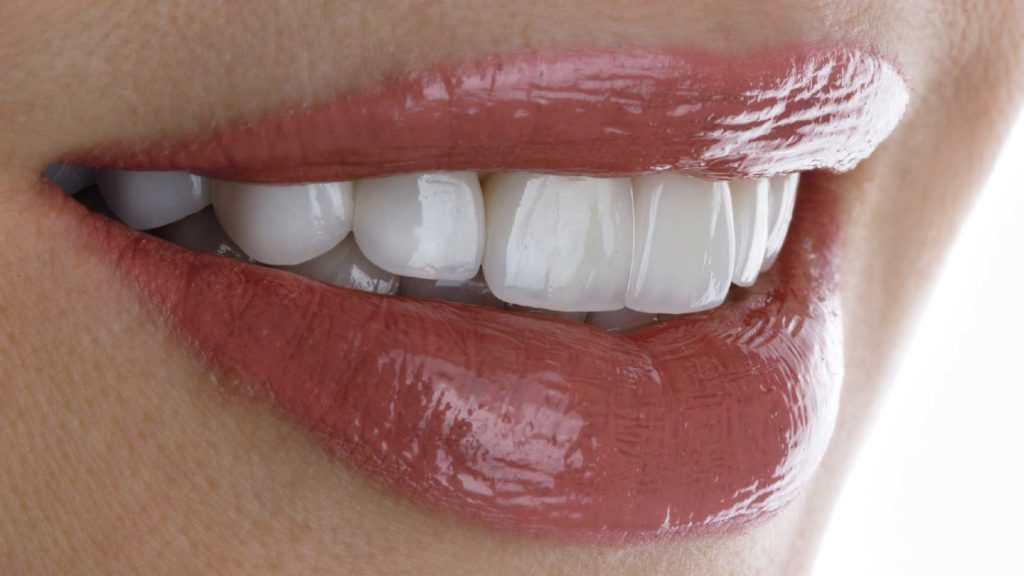D E N T A L
VENEERS
Dental veneers are thin sheets of material that are placed on the front surface of the teeth to improve their aesthetic and functional appearance. They are an ideal solution for correcting issues such as discoloration, fractures, mild misalignment, and gaps between teeth.
Types of
Dental Veneers
There are two main types of dental veneers:
porcelain veneers and composite veneers.

Porcelain Veneers: These veneers are known for their durability and stain resistance. Porcelain mimics the natural appearance of dental enamel, providing a highly aesthetic and natural look. Additionally, they are highly durable and can last for many years with proper care.
Composite Veneers: These veneers are made from a composite resin that is applied and molded directly onto the teeth. Although they are not as stain-resistant or durable as porcelain veneers, composite veneers are a more economical option and can be easily repaired in case of damage.
Materials Used in a Dental Clinic
In a dental clinic, high-quality materials are used to ensure the longevity and aesthetics of the veneers. Porcelain and composite resin are the most common materials, chosen for their strength and ability to mimic natural dental enamel.
Technology Used
Technology plays a crucial role in the creation and placement of dental veneers. CAD/CAM (Computer-Aided Design and Computer-Aided Manufacturing) technology allows for the design and fabrication of veneers with millimeter precision, ensuring a perfect fit and aesthetically pleasing results. This technology reduces treatment time and increases accuracy, guaranteeing patient satisfaction.
Treatment Duration
The process of placing veneers generally requires two visits to the dentist. In the first visit, the dentist prepares the teeth and takes impressions that are sent to the laboratory for the fabrication of the veneers. In the second visit, the veneers are placed and adjusted to ensure a perfect fit. Thanks to advanced technology, this process can be more efficient, reducing the total treatment time.
Benefits for Patients
Dental veneers offer numerous benefits, including:

Aesthetic Improvement: They provide an immediate and effective solution to improve the appearance of the teeth, correcting imperfections and providing a whiter, more uniform smile.
Durability: Veneers, especially porcelain ones, are highly durable and can resist stains and wear, offering a long-term solution.
Confidence and Self-Esteem: Improving the appearance of the teeth can have a significant impact on the patient’s confidence and self-esteem, allowing them to smile with greater assurance.
Simple Care: Veneers do not require special care beyond regular dental hygiene, such as brushing and flossing.
In summary
Dental veneers represent a perfect combination of aesthetics and functionality, backed by high-quality materials and advanced technology, providing patients with a durable and effective solution to improve their smile.
